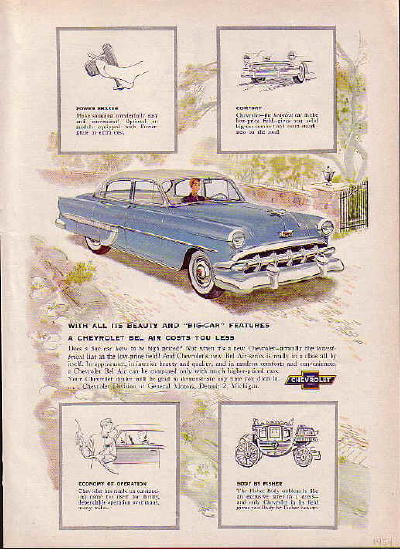The Automobile: A Brief History
The Automobile: A Brief History

The automobile, powered by the Otto gasoline engine, was invented in Germany by Karl Benz in 1885. Benz was granted a patent dated January 29th, 1886, in Mannheim for that automobile. Even though Benz is credited with the invention of the modern automobile, several other German engineers worked on building automobiles at the same time. In 1886, Gottlieb Daimler and Wilhelm Maybach in Stuttgart patented the first motor bike, built and tested in 1885, and in 1886 they built a converted horse-drawn stagecoach. In 1870, German-Austrian inventor Siegfried Marcus assembled a motorized handcart, though Marcus's vehicle did not go beyond the experimental stage.
Internal combustion engine powered automobiles were first produced in Germany by Karl Benz in 1885-1886, and Gottlieb Daimler between 1886-1889. Karl Benz began to work on new engine patents in 1878. At first he concentrated on creating a reliable two-stroke gas engine, based on Nikolaus Otto's design of the four-stroke engine. A patent on the design by Otto had been declared void. Benz finished his engine on New Year's Eve and was granted a patent for it in 1879. Benz built his first three-wheeled automobile in 1885 and it was granted a patent in Mannheim, dated January of 1886. This was the first automobile designed and built as such, rather than a converted carriage, boat, or cart. Among other items Benz invented are the speed regulation system known also as an accelerator, ignition using sparks from a battery, the spark plug, the clutch, the gear shift, and the water radiator. He built improved versions in 1886 and 1887 and went into production in 1888: the world's first automobile production. His wife, Bertha, made significant suggestions for innovation that he included in that model. Approximately twenty-five were built before 1893, when his first four-wheeler was introduced. They were powered with four-stroke engines of his own design. Emile Roger of France, already producing Benz engines under license, now added the Benz automobile to his line of products. Because France was more open to the early automobiles, more were built and sold in France through Roger than Benz sold in Germany.
In 1886, Gottlieb Daimler fitted a horse carriage with his four-stroke engine. In 1889, he built two vehicles from scratch as automobiles, with several innovations. From 1890 to 1895 about thirty vehicles were built by Daimler and his assistant, Wilhelm Maybach, either at the Daimler works or in the Hotel Hermann, where they set up shop after falling out with their backers. Benz and Daimler, seem to have been unaware of each other's early work and worked independently. Daimler died in 1900. During the First World War, Benz suggested a co-operative effort between the two companies, but it was not until 1926 that the they united under the name of Daimler-Benz with a commitment to remain together under that name until the year 2000.
In 1890, Emile Levassor and Armand Peugeot of France began producing vehicles with Daimler engines, and so laid the foundation of the motor industry in France. They were inspired by Daimler's Stahlradwagen of 1889, which was exhibited in Paris in 1889.
The first American car with a gasoline internal combustion engine supposedly was designed in 1877 by George Baldwin Selden of Rochester, New York, who applied for a patent on an automobile in 1879. Selden did not build an automobile until 1905, when he was forced to do so, due to a lawsuit threatening the legality of his patent because the subject had never been built. After building the 1877 design in 1905, Selden received his patent and later sued the Ford Motor Company for infringing upon his patent. Henry Ford was notorious for opposing the American patent system and Selden's case against Ford went all the way to the Supreme Court, which ruled that Ford, and anyone else, was free to build automobiles without paying royalties to Selden, since automobile technology had improved so significantly since the design of Selden's patent, that no one was building according to his early designs.
Meanwhile, notable advances in steam power evolved in Birmingham, United Kingdom by the Lunar Society. It was here that the term horsepower was first used. It also was in Birmingham that the first British four-wheel petrol-driven automobiles were built in 1895 by Frederick William Lanchester. Lanchester also patented the disc brake in that city. Electric vehicles were produced by a small number of manufacturers. (courtesy: Wikipedia)
|







